Understanding the Book’s Unique Approach
Drawing from the Right Side of the Brain has remained a cornerstone in the journey of countless artists—from beginners struggling with proportion to seasoned professionals refining their technique. This groundbreaking guide reimagines drawing not as a mechanical skill but as a shift in perception, unlocking a new way of seeing and expressing the world. What sets this book apart is its unwavering focus on training the brain to draw what it sees, not what it thinks it sees.
Traditional drawing instruction often emphasizes technical mastery—perspective, shading, and anatomy. But this book repositions drawing as an act of perception. The core principle is simple yet powerful: most people struggle with drawing because they rely on the logical left hemisphere of the brain instead of engaging the creative, visual right side.
By retraining the brain to shift into a different mode of seeing, the exercises in this book teach readers to truly observe the world around them. This shift enables artists to recreate what they see with startling accuracy, whether it’s a live model or a complex still life.
Who This Book Is For
Drawing from the Right Side of the Brain is particularly impactful for:
- Beginner artists who struggle with proportion or realism.
- Creative professionals looking to unlock new cognitive approaches to seeing and interpreting visual information.
- Teachers and art educators seeking proven exercises to guide students into deeper observational skills.
- Anyone interested in neuroplasticity and the intersection of psychology and visual thinking.
This book is not just a drawing manual—it’s a mindset reprogrammer.
Rewiring How You See
One of the most compelling aspects of this book is its focus on visual perception exercises that challenge our assumptions. Simple tasks like drawing an upside-down image or sketching negative space are not just technical drills—they are powerful tools for silencing the analytical mind and tuning into pure observation.
Many artists find these activities revolutionary. Instead of guessing at what something should look like, you start responding to what is actually there. That is the profound shift at the heart of this method.
Key Drawing Skills Covered
Although the book emphasizes cognitive shifts, it also covers a comprehensive range of drawing fundamentals including:
- Contour drawing
- Perspective and foreshortening
- Light and shadow
- Facial proportions
- Value scales
- Gesture and composition
What makes these concepts resonate is how they’re taught: not through rote memorization, but through experience and reflection.
A Journey Through Drawing Exercises
Each chapter builds on the one before, gradually increasing your comfort with observational drawing. Early exercises include blind contour drawing, which helps disconnect the left brain’s impulse to symbolize and label. Later chapters dive into perceiving relationships, spaces, edges, and light—the very tools realistic drawing relies upon.
The entire curriculum mirrors a developmental arc: from drawing what you think you see to drawing what is actually there.

Sketchbooks.org | ART REPORTING | NEWS
How to Start (or Restart!) Your Sketchbook Habit | at Any Age
Why It’s Never Too Late to Begin a Sketchbook Practice Starting—or reigniting—a sketchbook habit doesn’t require professional training, youth, or elaborate supplies. Whether you're 17, 47, or 77, the beauty of drawing lies in its...
The Science Behind the Method
While the book doesn’t read like a neuroscience manual, its techniques are rooted in cognitive science. The concept of hemispheric thinking—left brain vs. right brain—is used here more as a metaphor than a hard rule. In reality, what matters is the shift from verbal, analytical processing to visual, intuitive perception.
In this altered state of focus, time disappears, judgment fades, and a meditative concentration takes hold. This is the mental space many artists describe as being “in the zone,” and the book provides a clear route to access it.
Why It Has Stood the Test of Time
There are many drawing books on the market, but few have had the lasting influence of this one. Its impact lies in its ability to transform drawing from a frustrating task into an empowering experience. Readers often report improvement within days, not months.
Furthermore, its structure—clear diagrams, step-by-step tasks, and well-articulated theory—makes it ideal for self-directed learning. Whether you’re sketching with graphite, ink, or charcoal, the core insights remain applicable across all mediums.
Frequently Asked Questions
What is “Drawing from the Right Side of the Brain” about?
It teaches readers to engage the visual-perceptual part of the brain to improve realistic drawing skills through cognitive shifts.
Is this book good for beginners?
Yes, it’s designed to be accessible to anyone, even those who believe they “can’t draw.”
Does it include practical exercises?
Absolutely—every chapter includes guided drawing exercises to reinforce each new concept.
Is this method scientifically supported?
While brain hemisphere theory is metaphorical here, the perceptual training aligns with cognitive research on visual learning.
Can experienced artists benefit from this?
Yes—many seasoned artists find it sharpens their observational accuracy and renews their approach.
How long does it take to see progress?
Many readers report noticeable improvement after just a few sessions if they follow the exercises closely.
Are there specific materials required?
Only basic tools like pencils, erasers, and paper are needed—no fancy equipment.
Is this book suitable for digital artists?
Yes—the concepts translate well to digital drawing, especially for those working from observation.
Is this just for people interested in realism?
It’s most useful for realistic drawing, but the perceptual skills it teaches apply to all visual art.
Where can I start after finishing the book?
Move into life drawing, figure sketching, or personal projects that apply what you’ve learned—your visual acuity will be dramatically improved.

Final Thoughts
Drawing from the Right Side of the Brain isn’t just a drawing book—it’s a mind-altering lens through which to see the world. Its value isn’t only in teaching people to draw better, but in teaching them to observe honestly and express clearly. Whether you’re struggling with shaky lines or yearning for more creative confidence, this book offers a guided path into artistic self-discovery. For anyone seeking to unlock their creative potential through perceptual practice, it truly earns its reputation as one of the best drawing books of all time.
Ready to Share Your Work?
Do you prefer drawing from observation or imagination?
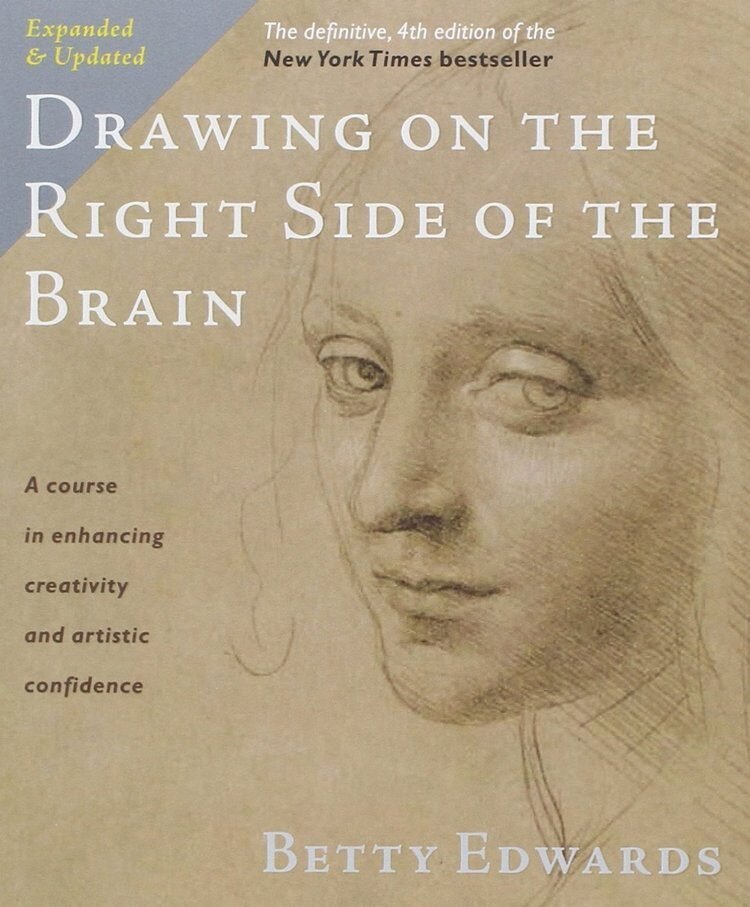

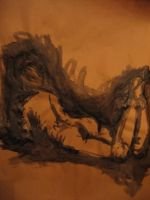
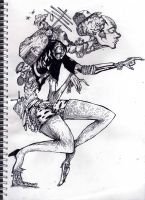
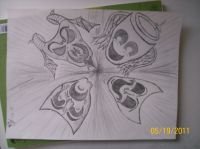


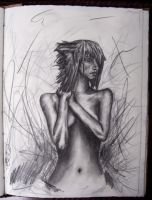
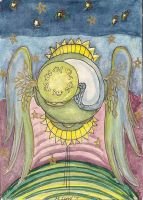
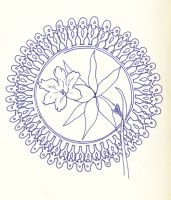


I love this book! I used it in Highschool and Uni
this is now my Sunday coffee reading material
A must have for any artist bookshelf.